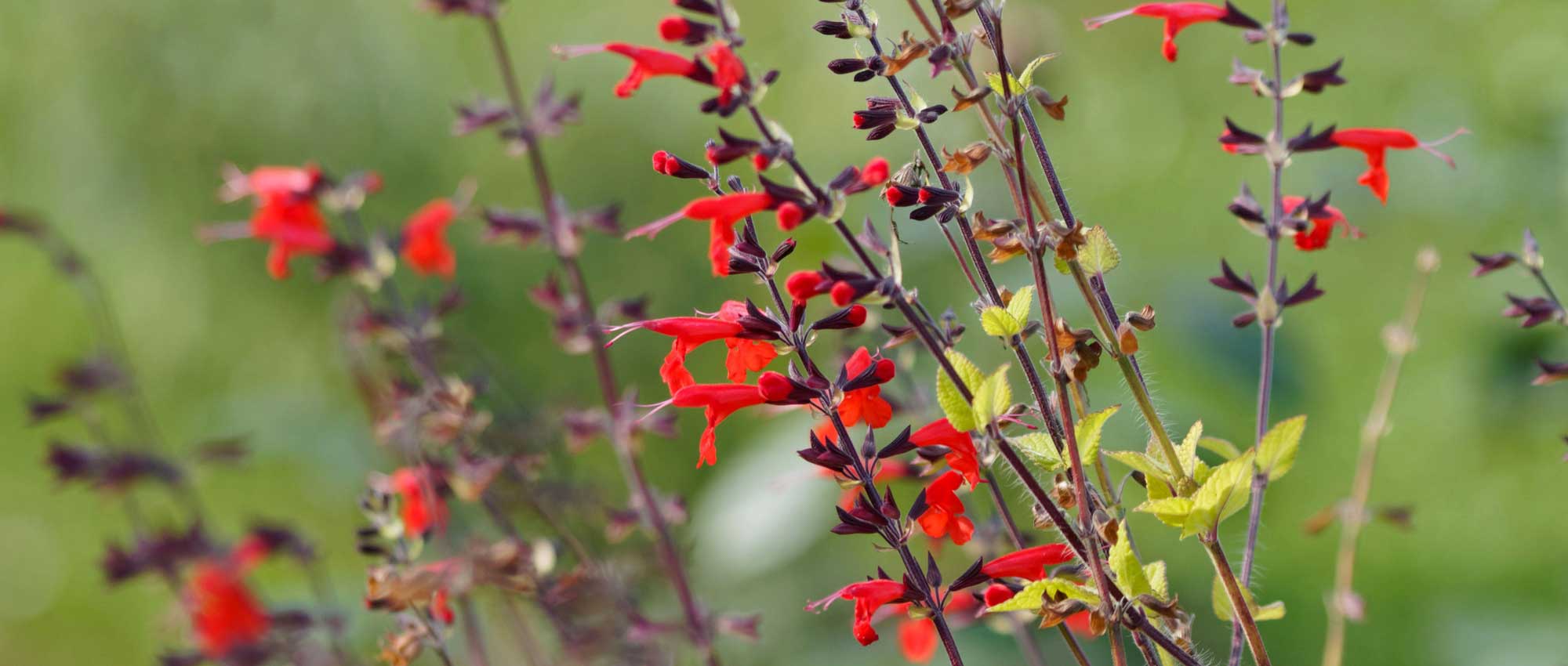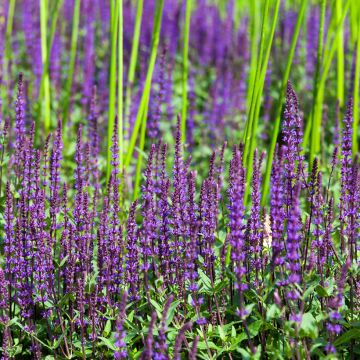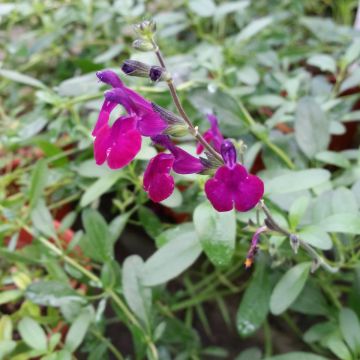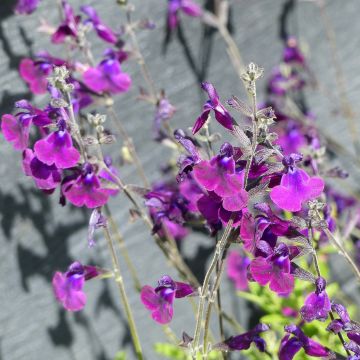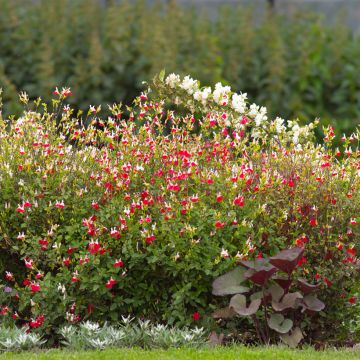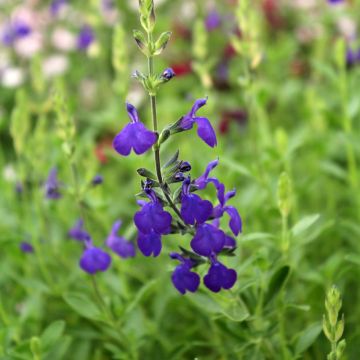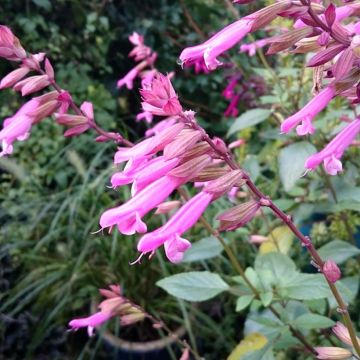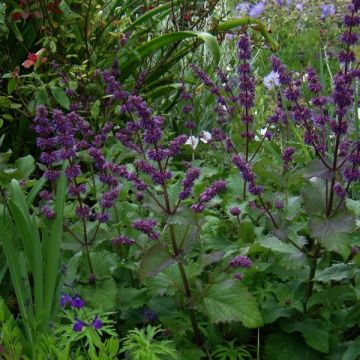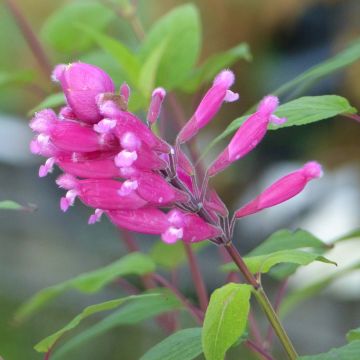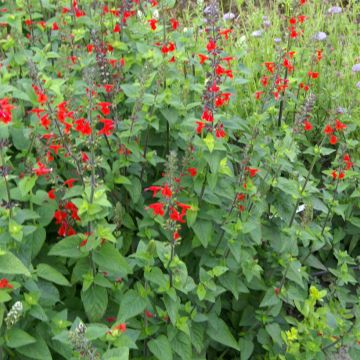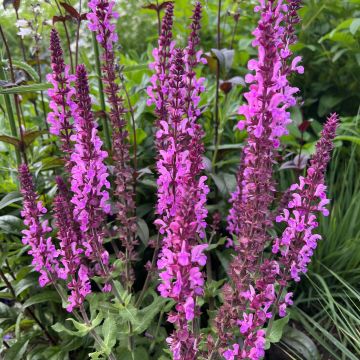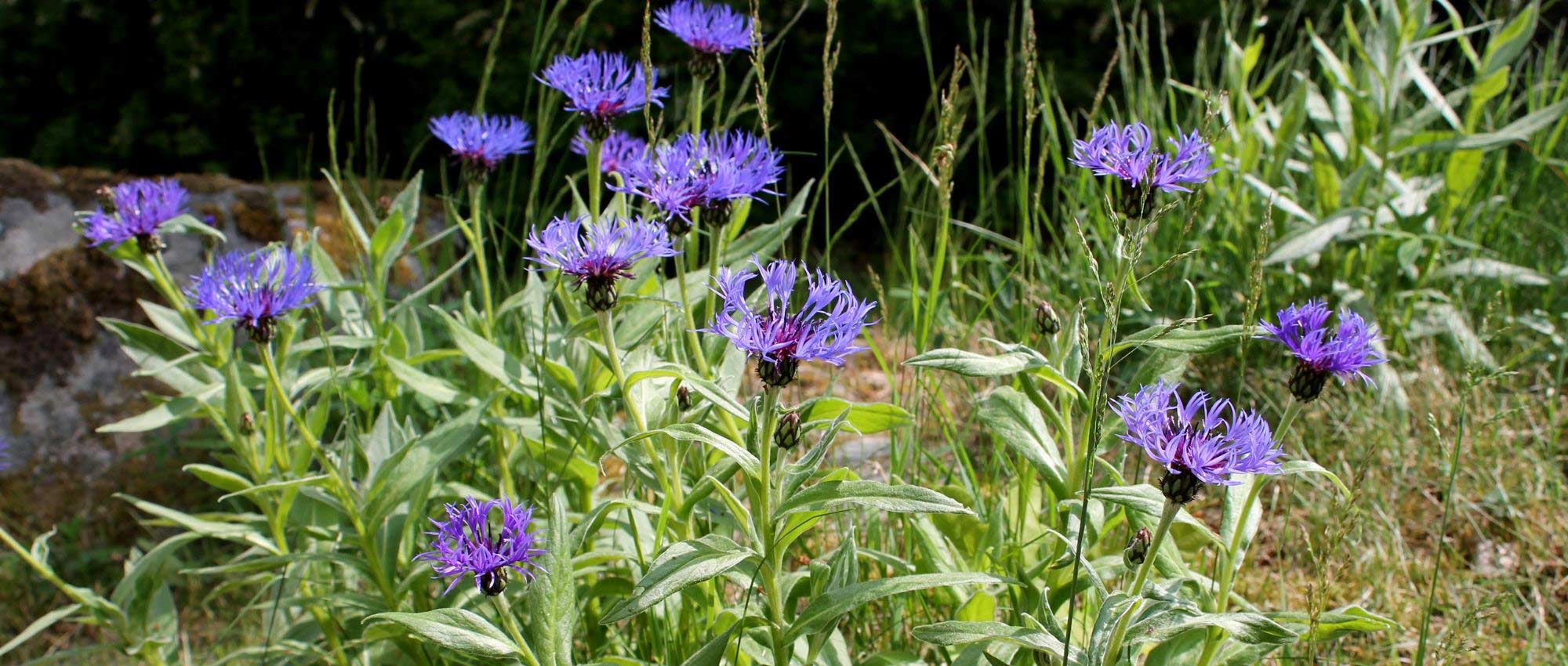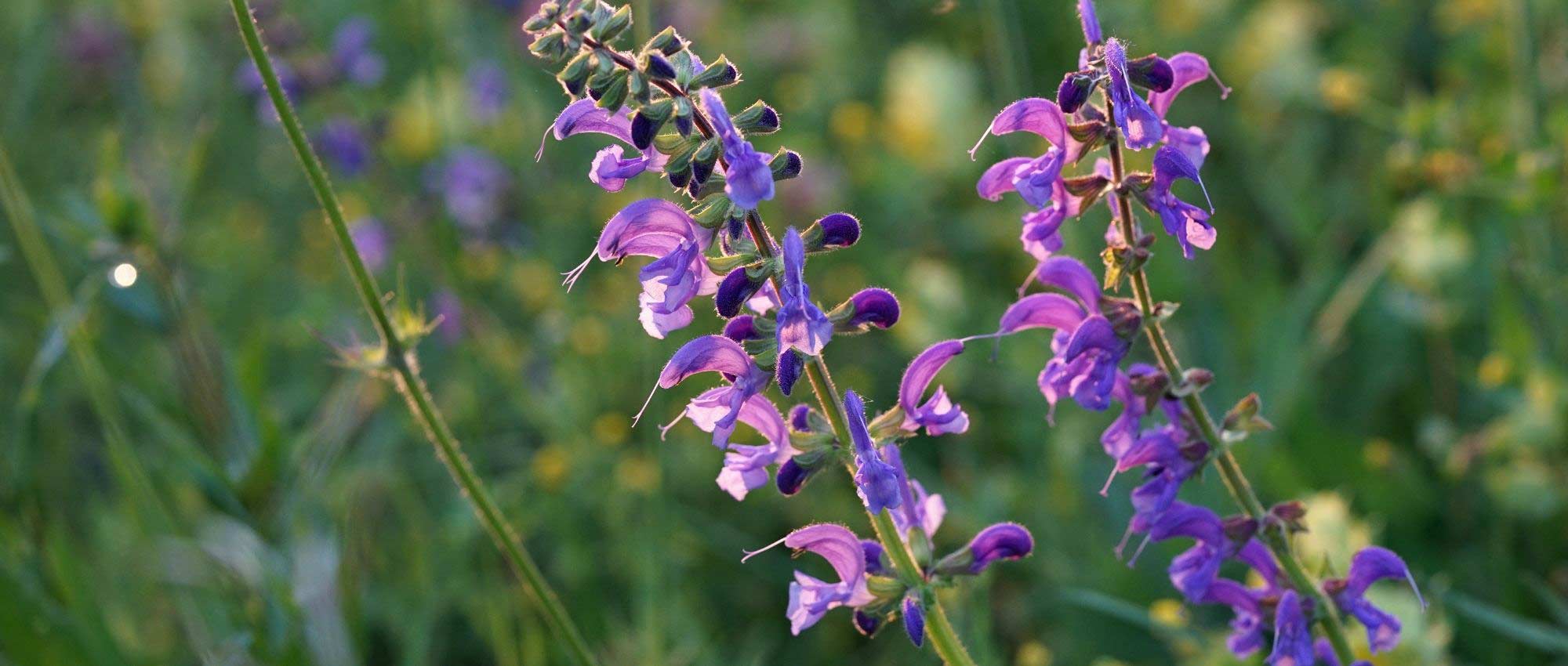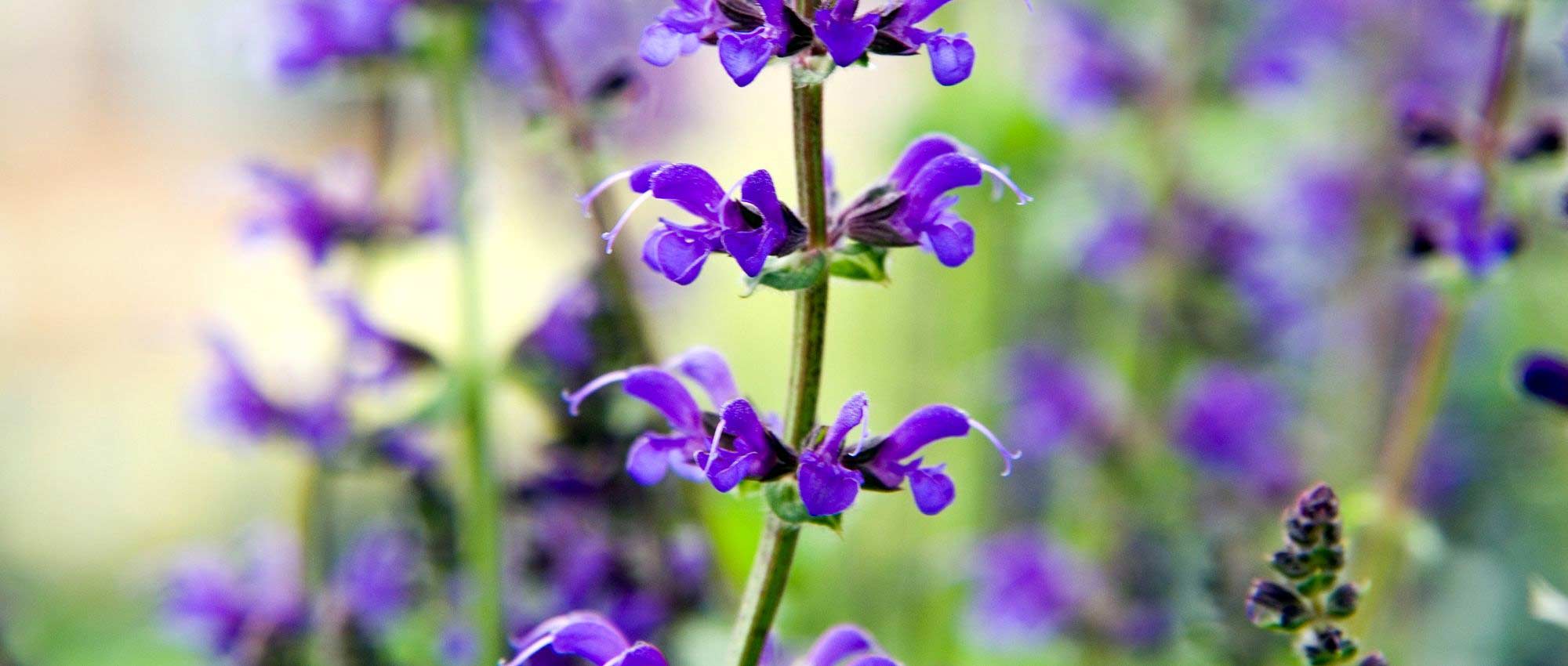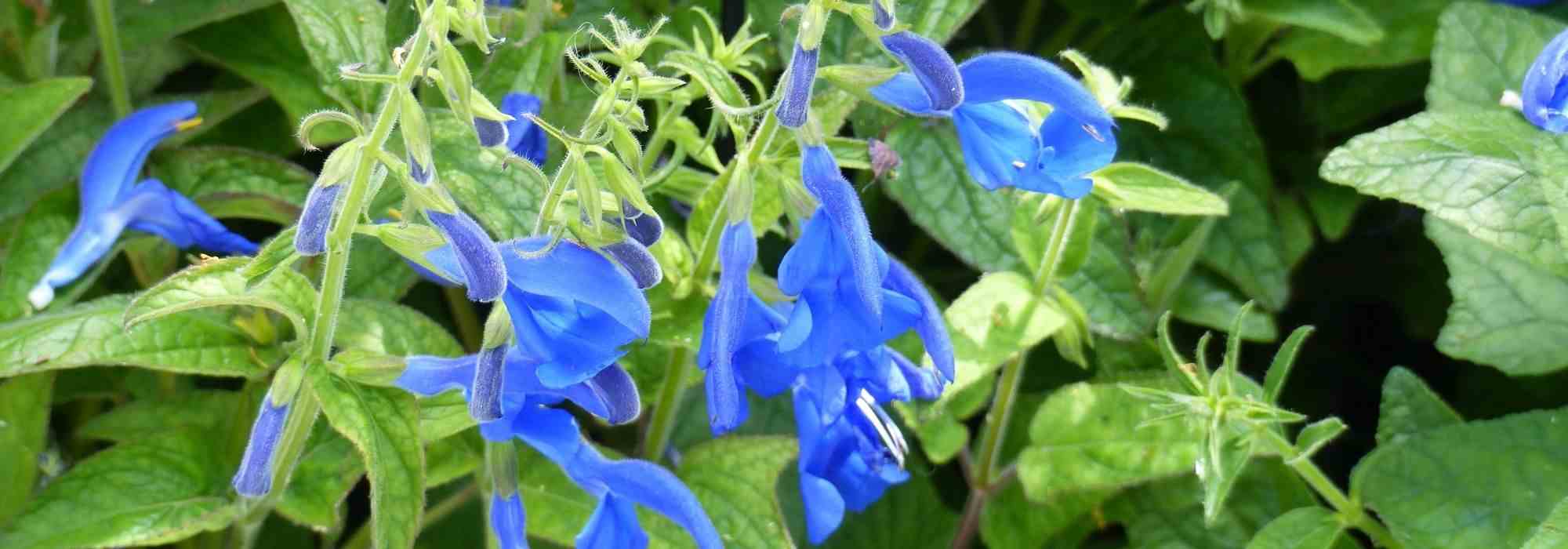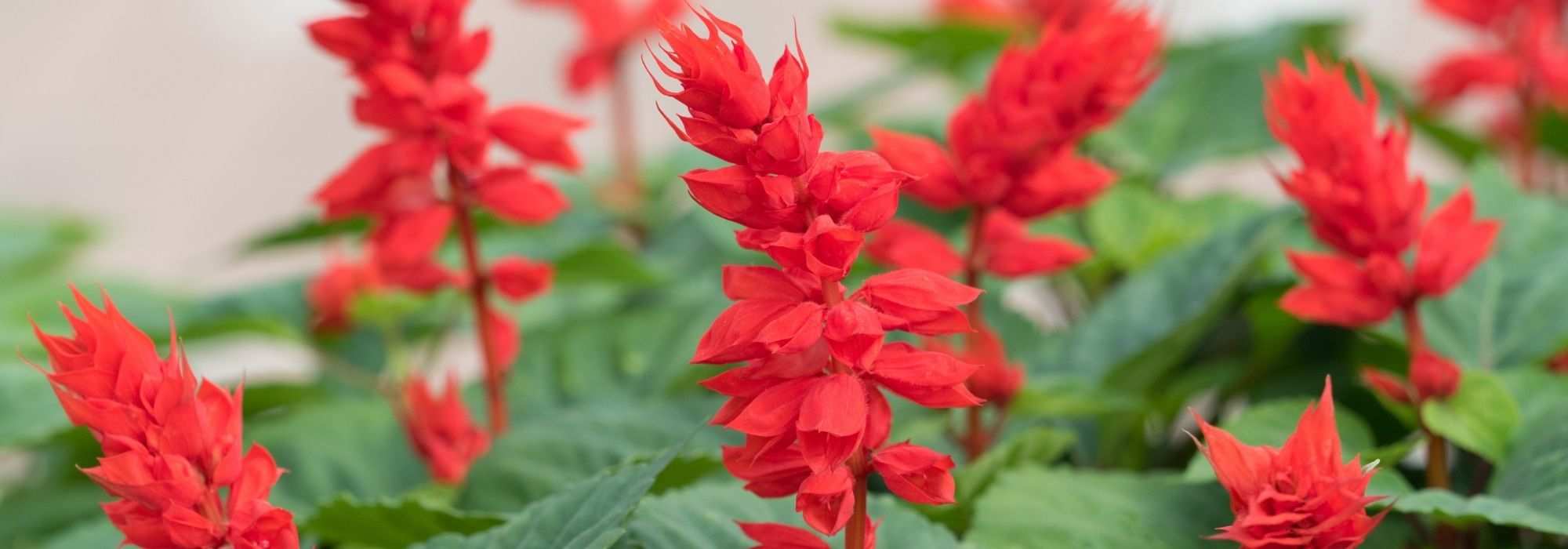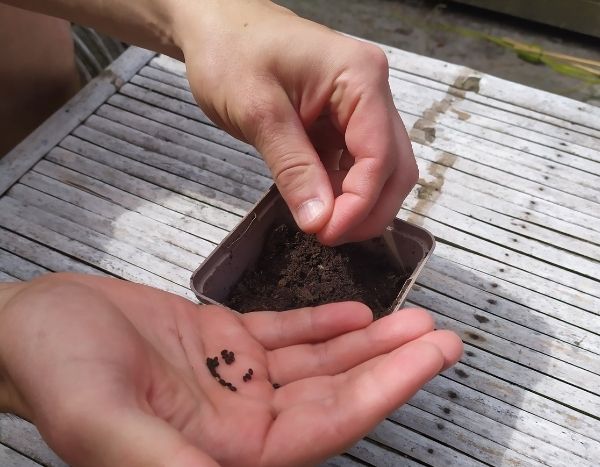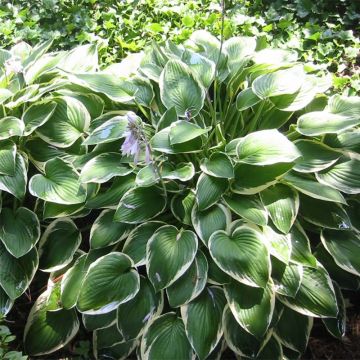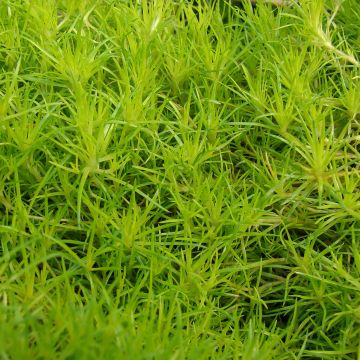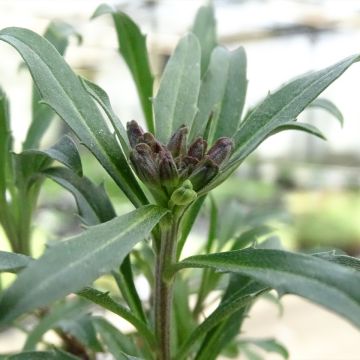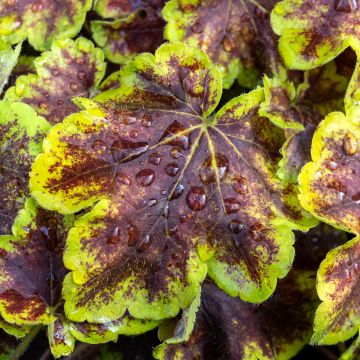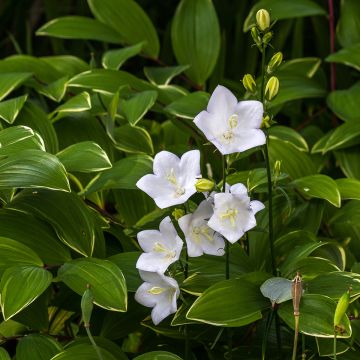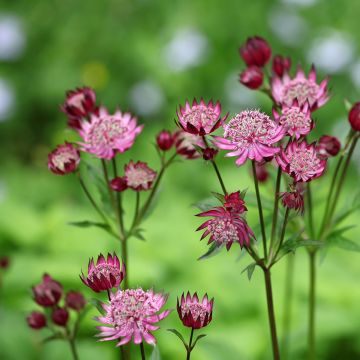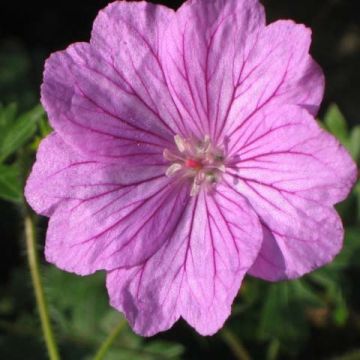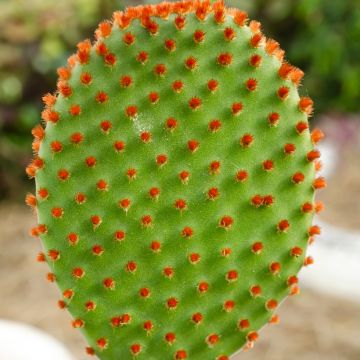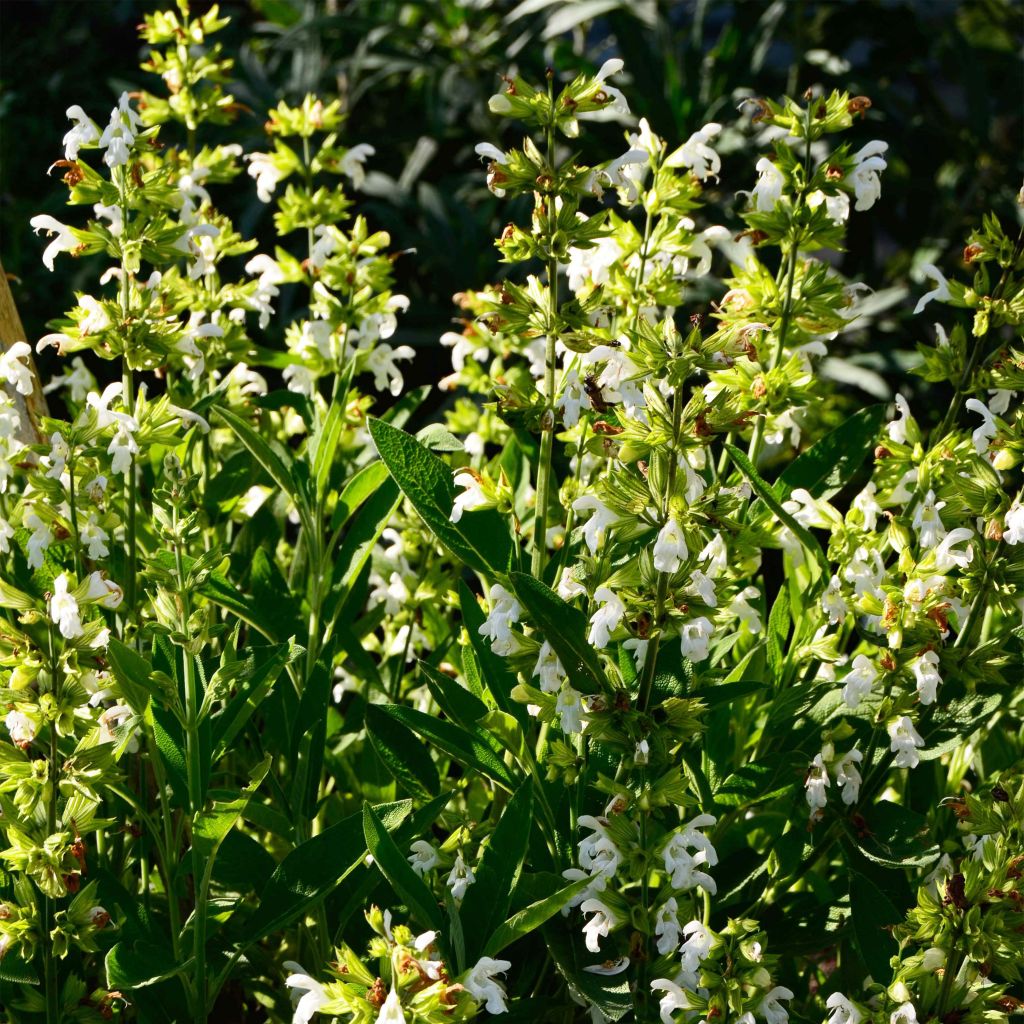

Salvia officinalis Albiflora
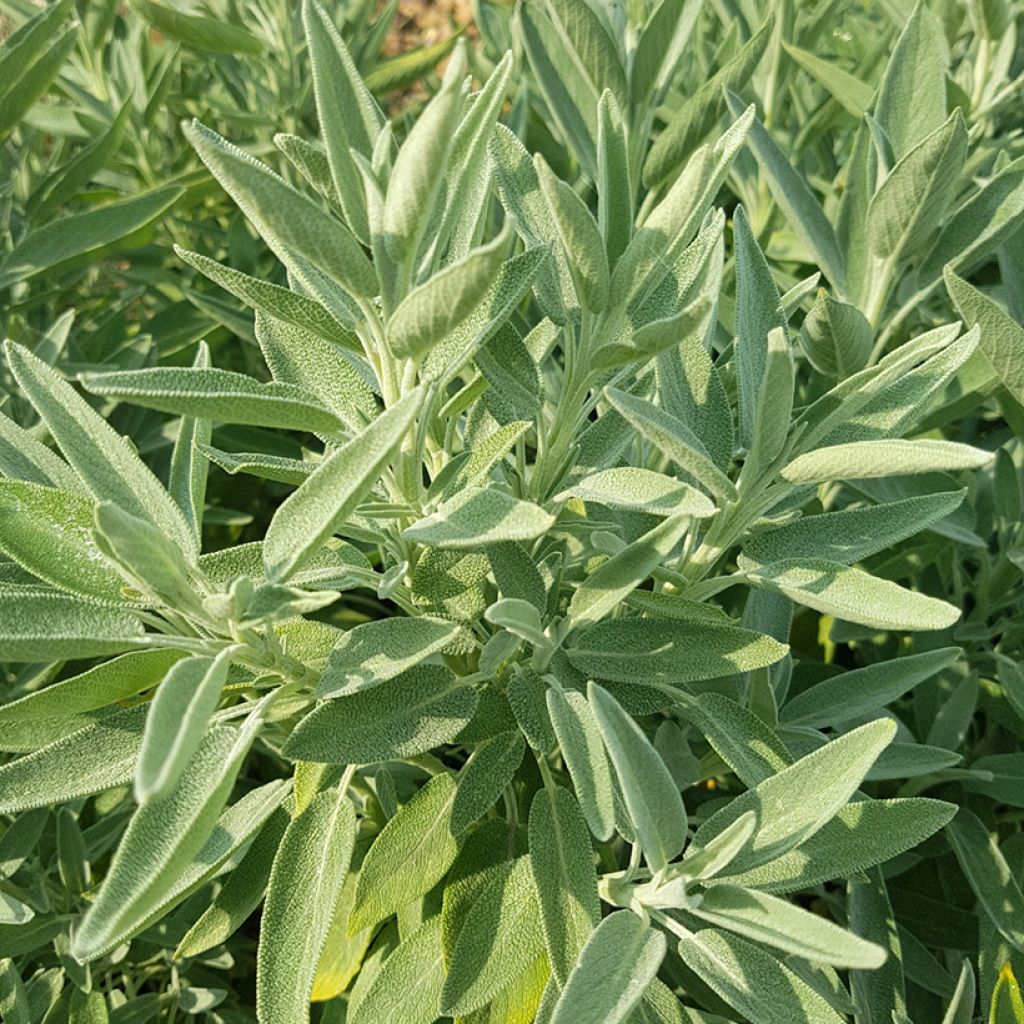

Salvia officinalis Albiflora
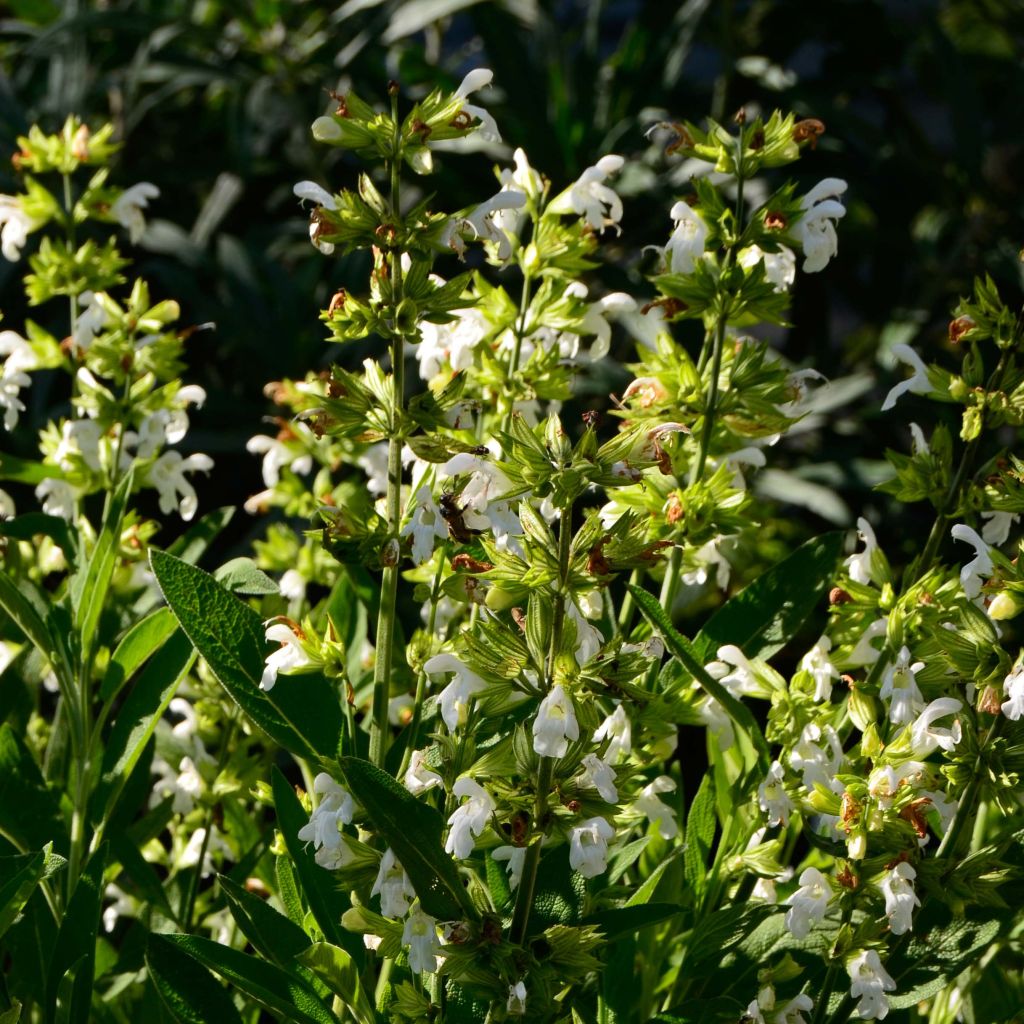

Salvia officinalis Albiflora
Salvia officinalis Albiflora
Salvia officinalis Albiflora
Common Sage, Garden Sage, Culinary Sage, Broadleaf Sage
Unfortunately, it withered for no apparent reason. All the other plants in the same area, planted at the same time, are doing perfectly well, but the sage died within a few weeks.
Marine, 18/04/2024
Special offer!
Receive a €20 voucher for any order over €90 (excluding delivery costs, credit notes, and plastic-free options)!
1- Add your favorite plants to your cart.
2- Once you have reached €90, confirm your order (you can even choose the delivery date!).
3- As soon as your order is shipped, you will receive an email containing your voucher code, valid for 3 months (90 days).
Your voucher is unique and can only be used once, for any order with a minimum value of €20, excluding delivery costs.
Can be combined with other current offers, non-divisible and non-refundable.
Home or relay delivery (depending on size and destination)
Schedule delivery date,
and select date in basket
This plant carries a 12 months recovery warranty
More information
We guarantee the quality of our plants for a full growing cycle, and will replace at our expense any plant that fails to recover under normal climatic and planting conditions.
Does this plant fit my garden?
Set up your Plantfit profile →
Description
Salvia officinalis 'Albiflora' is the pure white flowered form of the officinal sage, a robust perennial plant famous for its medicinal properties and highly aromatic foliage. It blooms in spring, in the form of upright spikes that attract many pollinating insects. This plant is appealing for its simplicity, floribundance, fragrant grey-green foliage that remains beautiful and aromatic all year round, and its accommodating nature. It is very hardy, quite drought-resistant, and only requires rich soil and a warm, sunny exposure to thrive.
Like all salvias, Salvia officinalis belongs to the Lamiaceae family. It is native to Western Asia. The plant forms a beautiful clump composed of hairy woody stems at the base, bearing small lanceolate leaves, which are tender green to grey on the upper side and lighter on the underside. It reaches a height of 50 to 60cm (20 to 24in), with a diameter of about 40cm (16in), sometimes much more in fertile soil. The nectar-rich and honey-bearing flowering takes place in May-June, early or late depending on the climate. The upright floral spikes are square-sectioned stems, bearing white flowers surrounded at the base by a velvety, light green sheathing calyx. The pure white flowers are composed of two lips. The evergreen foliage consists of thick, ovate, narrow, velvety leaves with toothed edges. The plant tissues contain a highly studied essential oil with interesting properties.
In the garden, mix different genres by planting some aromatic plants like sage in the middle of your perennial beds or even in rock gardens. They will integrate perfectly and fill in empty spaces without requiring much maintenance. Their scent can repel insects that may attack more delicate plants, such as certain roses or lilies. It possesses ornamental qualities that can be utilised in a natural-style garden or an herb garden. It can also be planted with, for example, California poppies, cosmos, Echinops, and Erigeron karvinskianus. These fast-growing plants will compose a beautiful decor in the space of a season.
"He who has sage in his garden has no need of a doctor" is a saying that demonstrates the medicinal properties of the plant, which is also called 'the saving plant'. Sage is renowned for its diuretic, tonic, antiseptic, antiperspirant, and antispasmodic properties. In cooking, fresh or dried leaves flavour fish, poultry, sauces, and vegetables. Add the leaves at the end of cooking to preserve their aroma. They can also be used in infusions.
With over 900 species of annuals, perennials, and soft-wooded shrubs distributed throughout the world, except in very cold regions and tropical forests, the Salvia genus is the richest in the Lamiaceae family. The name Salvia, which dates back to Roman times, derives from the Latin word salvus, meaning "healthy," alluding to the medicinal properties of officinal sage.
Salvia officinalis Albiflora in pictures
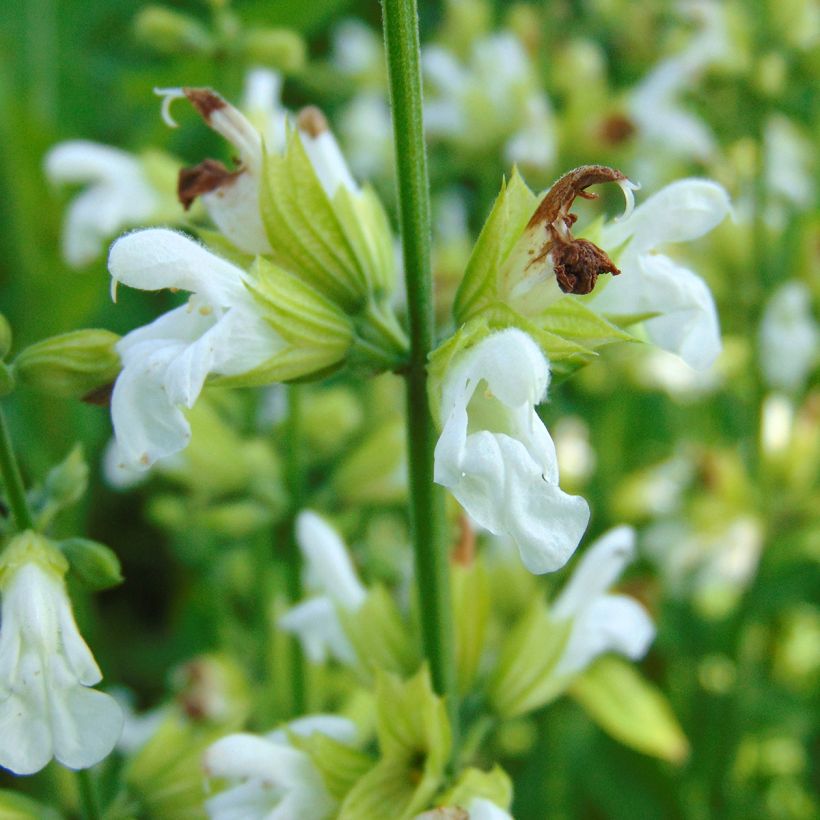

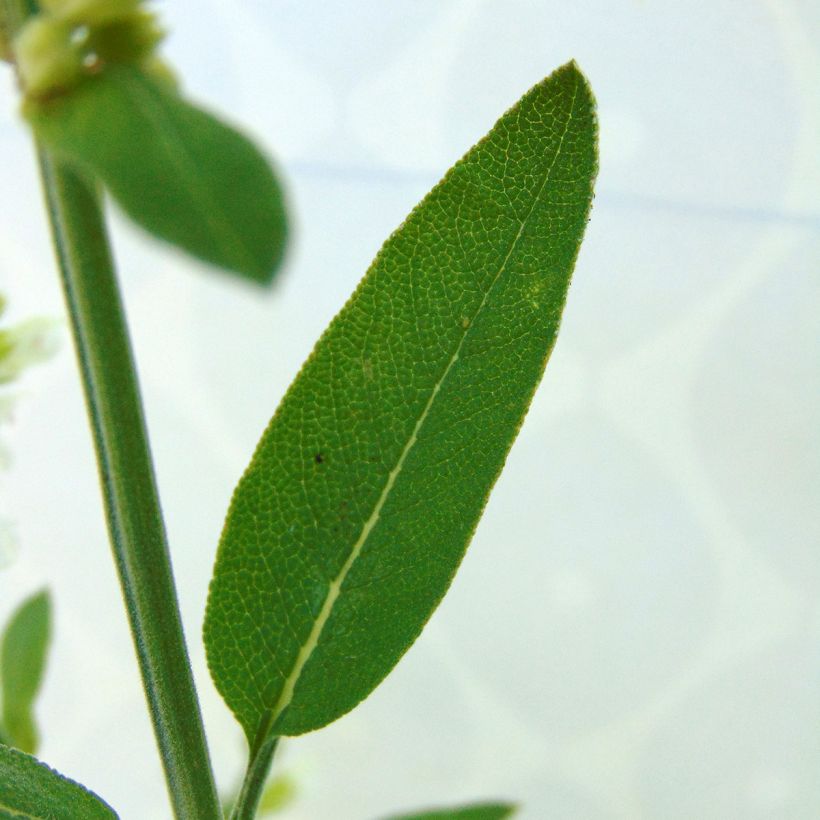

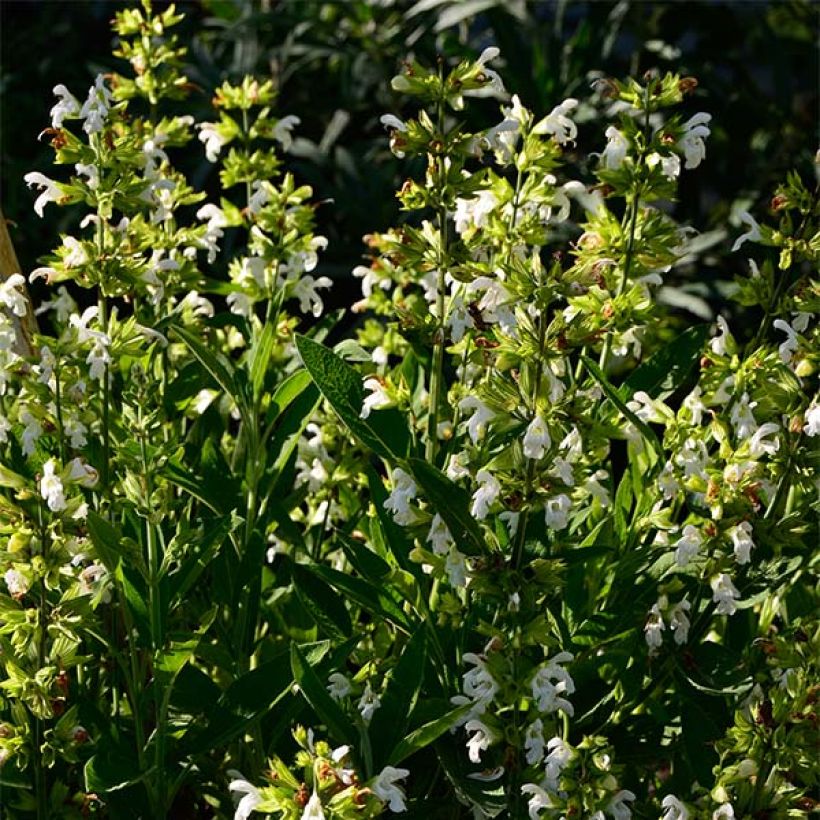

Flowering
Foliage
Plant habit
Botanical data
Salvia
officinalis
Albiflora
Lamiaceae
Common Sage, Garden Sage, Culinary Sage, Broadleaf Sage
West Asia
Other Salvia - Sage
View all →Planting and care
It appreciates deep but well-drained soils, rich in clay, rather dry and with a tendency towards limestone. Place it in full sun. Plant in spring, from March to June, or in late summer.
In open ground, in the vegetable garden: space the plants 40cm (16in) apart in rows and 80cm (32in) between rows. Dig a hole (3 times the volume of the root ball), place the root ball, and cover with fine soil. Firmly pack and water. Hoe and weed regularly, especially at the beginning of cultivation.
Add well-rotted compost every year. Use mulch to protect from cold or excessive drought in hot climates
In a pot: place a layer of gravel or clay balls at the bottom of the pot to facilitate drainage. Fill the pot with a mixture of potting soil, garden soil, and sand. Place the root ball, cover with soil, and firm. Water. Allow the planting substrate to slightly dry between 2 waterings. Place the pot in the sun and bring it indoors in case of severe frost.
During cultivation, water moderately as sage is sensitive to excessive moisture combined with heavy frost or heat.
You can multiply sage by dividing the clumps in spring, thus allowing the plants to regenerate and be planted in another part of the garden. This operation is recommended every 5 years or so.
Prune lightly at the end of winter to maintain its bushy habit.
Planting period
Intended location
Care
Planting & care advice
-
, onOrder confirmed
Reply from on Promesse de fleurs
Similar products
Haven't found what you were looking for?
Hardiness is the lowest winter temperature a plant can endure without suffering serious damage or even dying. However, hardiness is affected by location (a sheltered area, such as a patio), protection (winter cover) and soil type (hardiness is improved by well-drained soil).

Photo Sharing Terms & Conditions
In order to encourage gardeners to interact and share their experiences, Promesse de fleurs offers various media enabling content to be uploaded onto its Site - in particular via the ‘Photo sharing’ module.
The User agrees to refrain from:
- Posting any content that is illegal, prejudicial, insulting, racist, inciteful to hatred, revisionist, contrary to public decency, that infringes on privacy or on the privacy rights of third parties, in particular the publicity rights of persons and goods, intellectual property rights, or the right to privacy.
- Submitting content on behalf of a third party;
- Impersonate the identity of a third party and/or publish any personal information about a third party;
In general, the User undertakes to refrain from any unethical behaviour.
All Content (in particular text, comments, files, images, photos, videos, creative works, etc.), which may be subject to property or intellectual property rights, image or other private rights, shall remain the property of the User, subject to the limited rights granted by the terms of the licence granted by Promesse de fleurs as stated below. Users are at liberty to publish or not to publish such Content on the Site, notably via the ‘Photo Sharing’ facility, and accept that this Content shall be made public and freely accessible, notably on the Internet.
Users further acknowledge, undertake to have ,and guarantee that they hold all necessary rights and permissions to publish such material on the Site, in particular with regard to the legislation in force pertaining to any privacy, property, intellectual property, image, or contractual rights, or rights of any other nature. By publishing such Content on the Site, Users acknowledge accepting full liability as publishers of the Content within the meaning of the law, and grant Promesse de fleurs, free of charge, an inclusive, worldwide licence for the said Content for the entire duration of its publication, including all reproduction, representation, up/downloading, displaying, performing, transmission, and storage rights.
Users also grant permission for their name to be linked to the Content and accept that this link may not always be made available.
By engaging in posting material, Users consent to their Content becoming automatically accessible on the Internet, in particular on other sites and/or blogs and/or web pages of the Promesse de fleurs site, including in particular social pages and the Promesse de fleurs catalogue.
Users may secure the removal of entrusted content free of charge by issuing a simple request via our contact form.
The flowering period indicated on our website applies to countries and regions located in USDA zone 8 (France, the United Kingdom, Ireland, the Netherlands, etc.)
It will vary according to where you live:
- In zones 9 to 10 (Italy, Spain, Greece, etc.), flowering will occur about 2 to 4 weeks earlier.
- In zones 6 to 7 (Germany, Poland, Slovenia, and lower mountainous regions), flowering will be delayed by 2 to 3 weeks.
- In zone 5 (Central Europe, Scandinavia), blooming will be delayed by 3 to 5 weeks.
In temperate climates, pruning of spring-flowering shrubs (forsythia, spireas, etc.) should be done just after flowering.
Pruning of summer-flowering shrubs (Indian Lilac, Perovskia, etc.) can be done in winter or spring.
In cold regions as well as with frost-sensitive plants, avoid pruning too early when severe frosts may still occur.
The planting period indicated on our website applies to countries and regions located in USDA zone 8 (France, United Kingdom, Ireland, Netherlands).
It will vary according to where you live:
- In Mediterranean zones (Marseille, Madrid, Milan, etc.), autumn and winter are the best planting periods.
- In continental zones (Strasbourg, Munich, Vienna, etc.), delay planting by 2 to 3 weeks in spring and bring it forward by 2 to 4 weeks in autumn.
- In mountainous regions (the Alps, Pyrenees, Carpathians, etc.), it is best to plant in late spring (May-June) or late summer (August-September).
The harvesting period indicated on our website applies to countries and regions in USDA zone 8 (France, England, Ireland, the Netherlands).
In colder areas (Scandinavia, Poland, Austria...) fruit and vegetable harvests are likely to be delayed by 3-4 weeks.
In warmer areas (Italy, Spain, Greece, etc.), harvesting will probably take place earlier, depending on weather conditions.
The sowing periods indicated on our website apply to countries and regions within USDA Zone 8 (France, UK, Ireland, Netherlands).
In colder areas (Scandinavia, Poland, Austria...), delay any outdoor sowing by 3-4 weeks, or sow under glass.
In warmer climes (Italy, Spain, Greece, etc.), bring outdoor sowing forward by a few weeks.






























